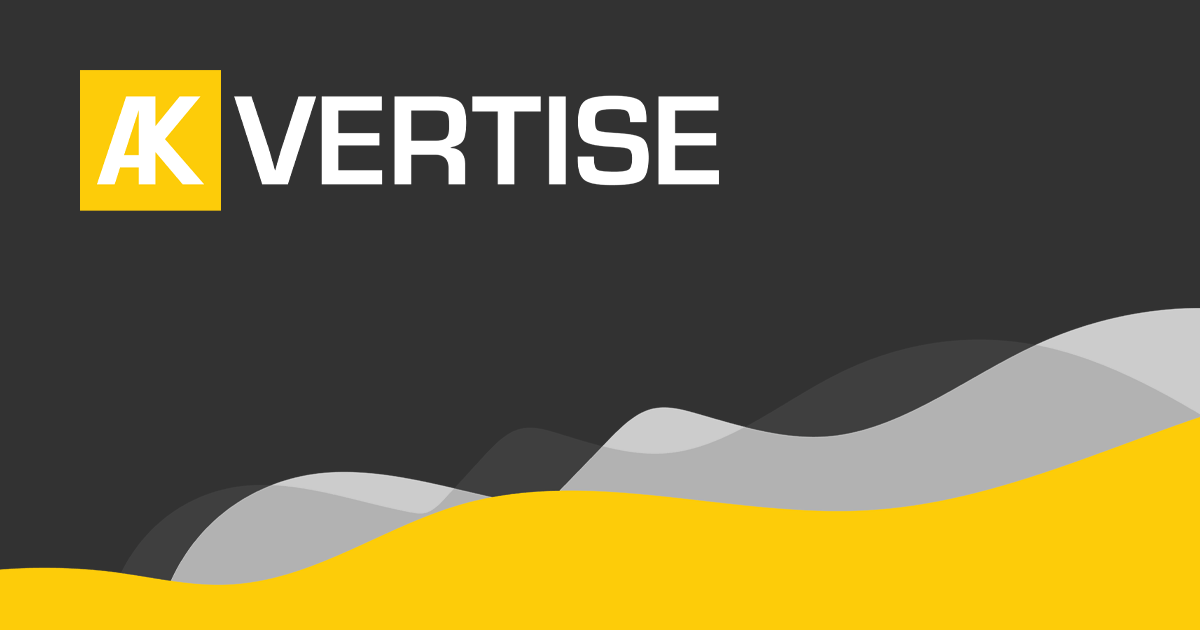AI Tools to Improve your Meta Ads Performance
In the dynamic and ever-evolving world of social media advertising, propelling ahead is crucial for brands to continue finding success as new technologies, features, and opportunities arise that we can leverage to drive better results. By harnessing the power of artificial intelligence (AI) tools, advertisers can significantly enhance the effectiveness of their campaign performance and streamline account management processes. With AI as our ally, we can unlock new possibilities and elevate our advertising strategies to unprecedented heights.
Here are some AI-powered tools that we currently use and have found to be highly valuable. Additionally, we are testing these other tools to assess their capabilities and effectiveness that may also be of interest to you.

October 11th, 2023
Introducing: Our New Advertising Budget Pacing Calculator
We’re pleased to announce the release of our new Advertising Budget Pacing Calculator, following years of internal use to help our clients optimize their ad spend. With a public-facing version now available, other advertisers and brands can benefit from this valuable and insightful tool, ensuring that campaigns pace appropriately to stay on budget while saving time and improving spend management.

June 2nd, 2023
How Quora Ads Can Enhance Your Advertising Strategy
Not only is Quora is a popular platform for asking questions and getting answers, it’s also an effective tool for expanding your brands reach and visibility. Quora’s built-in ad platform allows you to create targeted campaigns that are tailored to your specific goals and objectives. With the right approach, you can use Quora Ads to reach potential customers, provide solutions to their questions, drive traffic back to your website, acquire leads, and drive sales. Let’s take a look at how Quora Ads can be used to complement and amplify your advertising strategy.

January 9th, 2023
How to Create Successful TikTok Ads In 2023
With over 800 million active users, TikTok is currently one of the most popular social media platforms in the world. If you’re looking to create an effective ad campaign on TikTok to get in front of new people and in fresh ways, it’s important to understand how to best leverage this platform and its features in order to optimize your success. Here are some helpful tips to getting started and creating successful TikTok Ads this year.

January 2nd, 2023
How To Take Advantage Of Meta Advantage+ Shopping Campaigns
After a successful beta test, Meta launched Advantage+ Shopping Campaigns in August 2022 and have since been proven to be an incredibly effective way to drive traffic to your online store and increase sales with less heavy lifting. Meta’s Advantage+ shopping campaigns can help make your ecommerce store more visible and generate more sales so let’s explore what these campaigns entail, how to set them up, advantages, limitations, and caveats, and how to use them in your advertising.

December 29th, 2022
AKvertise Now Offering Hulu Ads Account Management Services
Are you interested in further expanding your reach and visibility and branching out into OTT advertising through TV? We at AKvertise are pleased to announce that we have been invited to Hulu’s Ad Manager beta program and are now accepting new clients that want to explore this impactful new advertising platform to grow their business in new ways.
Learn more about the platform, advertising opportunities currently available, the ways you can reach your various business goals with Hulu Ads, and how we can assist with this new service offering.

September 21st, 2022
The Ultimate Glossary of Social Media Advertising Acronyms
With the continual inception and evolution of social media advertising platforms, features, metrics, and tactics, we find ourselves creating and utilizing acronyms for efficiency in communication across mediums, teams, and clients, to account nomenclature, reporting, and analysis.

July 19th, 2022
Q5 Facebook Advertising Tactics To Successfully Wrap The Year
The holiday season and calendar year are nearing their end, however, there is still time to see more success and bring in additional revenue before the ball drops into the new year. Here’s how you can win during Q5, from December 25-31 with your post-holiday campaigns.

December 13th, 2021
Facebook Ads New Call-Outs Feature: What It Is and How To Use It
This week on (on November 16, 2021), Facebook Ads launched an exciting new Call-outs feature in some accounts – hopefully to roll out to all soon – in the ad level that will now highlight certain things, such as “free shipping” to people viewing your ads. Facebook states state that they will “automatically adjust the phrasing of call-outs in ways likely to get better results for your ads.”
While this feature is new and limited, it can especially be useful to ecommerce advertisers to highlight some value propositions that may be helpful in increasing sales this holiday shopping season. Call-outs will only display on Facebook News Feed and only on mobile devices.
Read on to learn everything you need to know that is currently available with the new Facebook Ads call-outs feature, how you can leverage it in your campaigns, and how to tell if they are having a positive impact on performance.

November 18th, 2021
How to Advertise on Instagram with IGTV Ads
With Instagram’s rapid growth and success for organic and paid marketers alike, it’s no surprise that Instagram quietly launched a new placement last week where advertisers can now target the IGTV ad placement. As Instagram use continues to grow, an increased demand for impression inventory is necessary for the tech giant and for advertising brands to scale in parallel. Facebook’s ad ecosystem now has twenty ad placements in total and it was due time for Instagram to get some more of its own. Learn more about the new Instagram IGTV ad placement, where to find it, and how to use it.

April 5th, 2021